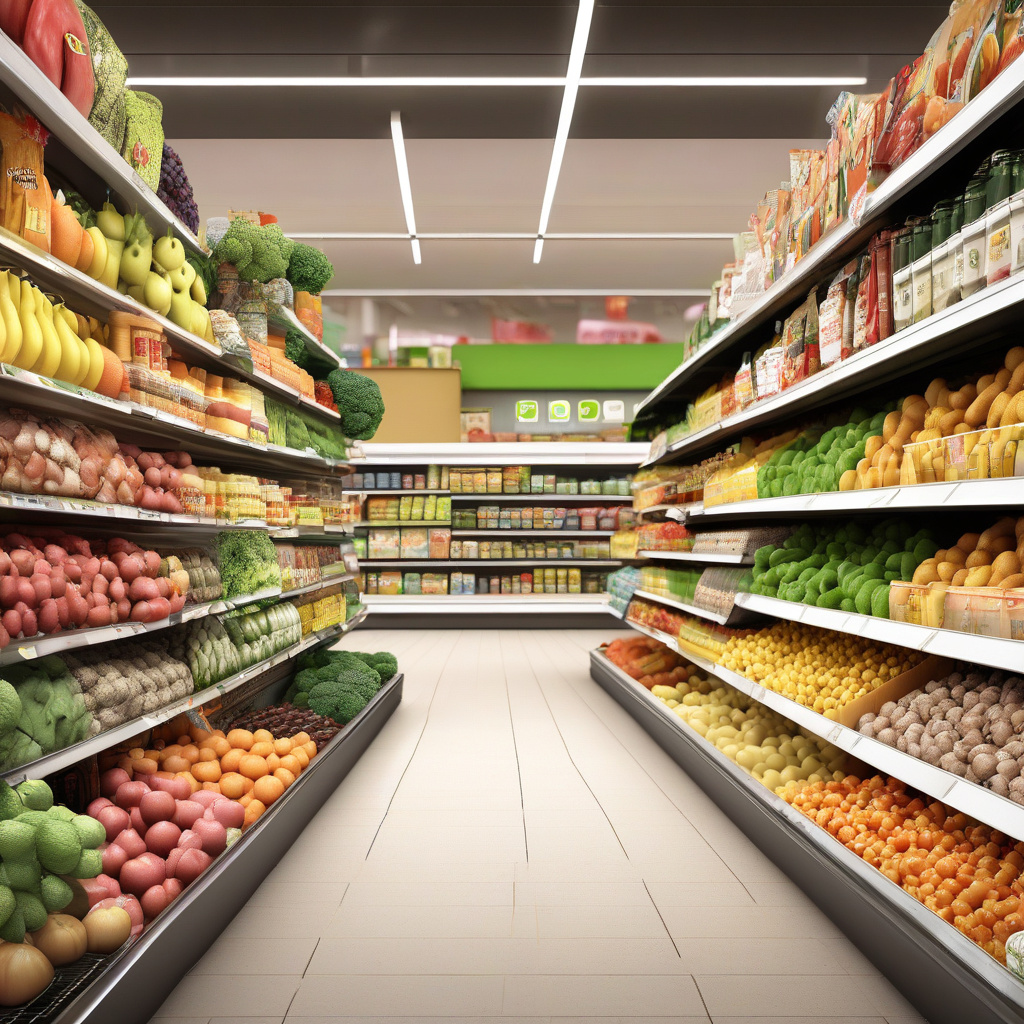Analyzing June’s Physical and Digital Sales: Unveiling the Latest Grocery Trends
As we step into the realm of June, a pivotal month for the retail sector, it becomes imperative to dissect the trends shaping the grocery industry. Recent data from the National Retail Federation (NRF) and Brick Meets Click has provided valuable insights, shedding light on the nuances of consumer behavior in both physical and digital spaces.
The amalgamation of physical and digital sales data has unearthed a rather intriguing narrative. While in-store sales have depicted a marginal deceleration, the online realm has witnessed a surge in orders. This dichotomy underscores the evolving landscape of grocery shopping, where convenience and accessibility are becoming paramount for consumers.
The Rise of Online Orders
The pronounced uptick in online orders points towards a shifting consumer preference, one that prioritizes convenience and contactless shopping experiences. The convenience of browsing through products with a few taps on a smartphone, coupled with the seamless doorstep delivery, has propelled the e-commerce segment of the grocery industry to new heights.
With the proliferation of online grocery platforms and the integration of user-friendly interfaces, consumers are increasingly gravitating towards digital channels for their shopping needs. The data from June serves as a testament to this paradigm shift, highlighting the growing significance of online orders in the overall retail landscape.
Challenges in the Physical Realm
Conversely, the data revealing a slight slowdown in in-store sales poses pertinent questions regarding the future of brick-and-mortar establishments. While physical stores continue to be a cornerstone of the grocery industry, the advent of digitalization has posed challenges that necessitate innovative solutions.
Retailers are now tasked with reimagining the in-store shopping experience, infusing elements of personalization and convenience to entice customers. The data from June underscores the importance of striking a harmonious balance between physical and digital channels, wherein both avenues complement each other to cater to the diverse needs of consumers.
Navigating the Hybrid Model
In light of the insights gleaned from June’s sales data, it becomes evident that a hybrid approach encompassing both physical and digital elements is imperative for retailers. By leveraging the strengths of each channel, retailers can create a cohesive shopping experience that caters to the evolving preferences of consumers.
The integration of technologies such as augmented reality for in-store navigation and personalized recommendations based on past purchases can bridge the gap between physical and digital realms. This hybrid model not only enhances the overall shopping experience but also fosters customer loyalty and engagement.
Looking Ahead
As we traverse through the ever-evolving landscape of the grocery industry, the revelations from June’s sales data serve as a compass, guiding retailers towards informed decision-making. By embracing the nuances of both physical and digital sales trends, retailers can adapt to the changing consumer dynamics and carve a niche in the competitive market.
June’s sales data acts as a precursor to the transformations underway in the grocery industry, heralding a future where innovation and adaptability reign supreme. By deciphering the trends and patterns inherent in the data, retailers can chart a course towards sustainable growth and success in the dynamic retail landscape.
grocery, trends, digital sales, consumer behavior, retail
